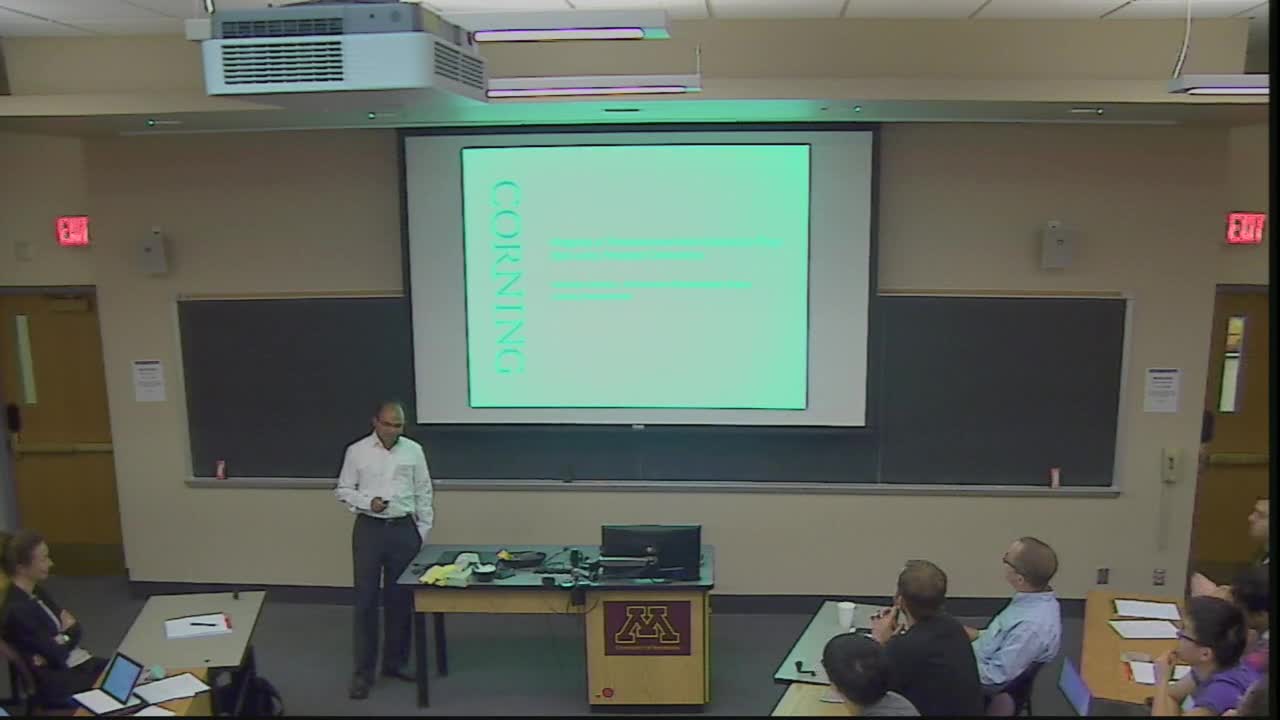Mapping of Temperatures from Coarser to Finer Grid using Temporal Derivatives
Presenter
August 5, 2015
Keywords:
- increasing spatial resolution, inverse heat conduction, ill posed
Abstract
In many practical situations encountered in industries, there is incomplete knowledge of material properties, boundary conditions, and sources for a given material/manufacturing process. However, process monitors such as thermocouples are typically used to measure temperature evolution in certain locations to bridge the resulting gaps. Spatial gradients of temperature are needed to predict required quantities such as internal stresses developed during the process. The temperature measurements are typically performed on a coarse grid. Computation of stresses needs temperatures on a much finer grid for a more precise estimation of spatial gradients. Usually bilinear and/or weighted interpolation techniques are used to improve the spatial resolution of temperatures. However, in the cases where there are strong exothermic and/or endothermic reactions occurring during the process, such interpolation techniques are error-prone. Using more thermocouples to measure temperature on finer grid would be an easy solution. However, such measurement is intrusive as well as perturbing in addition to increasing the cost of data acquisition. The mapping of temperatures from coarser grid to finer grid is an ill-posed problem. In addition to the spatial distribution temperatures, the thermocouple measurements also contain valuable temporal information in the form of derivatives. This additional information of temporal derivatives helps in improving the conditioning of the apparently ill-posed problem. The objective of this exercise is to develop an algorithm/procedure for mapping temperatures from coarse grid to a finer grid recognizing as well as the valuable temporal information in the corresponding derivatives
